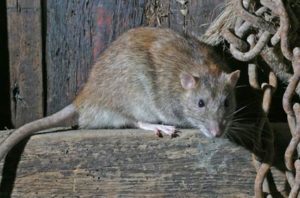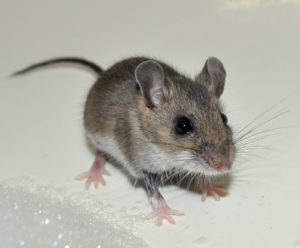Rat & Mouse Exterminator Melbourne
Rat & Mouse Exterminator Melbourne
You’re reading this article because you’ve either seen a rat or mouse or your hearing noises that make you believe your property is infested. We’re a premier provider of rodent control in Melbourne. Contact us to book an inspection and we’ll quickly identify the species of rodent and the extent of the infestation. We service all Melbourne suburbs and we excel at rat & mouse control.
Types of Rodents in Melbourne
- Brown Rat – also known as the Norway rat, sewer rat or street rat. They inhabit urban areas and prefer to live in burrows.
The brown rat is a brown or grey bodied rodent approx. 25 cm in length with a similar tail length. - Black Rat – also known as the roof rat, ship rat or house rat, they prefer to live at height and can be found in the roof space of many houses throughout Melbourne.
The black rat is smaller than it’s brown counterpart and prefers to live at heights for safety. - House Mouse – they live in proximity to us in or around houses and fields.
A female can have 5-10 litters per year with anywhere between 3 & 14 young.
Rat Control Using Rodenticides
The usual and most effective course of action for rat control is baiting. We use a combination of soft and hard baits. A rat may sample one or all of the options provided depending on its dietary requirements at the time.
Hard baits are the most commonly used as they provide rats with an opportunity to gnaw. Gnawing on hard bait provides a rat with an opportunity to wear its incisor teeth down. Just as we need to cut our fingernails, a rat needs to wear its incisor teeth down to keep them in check.
In some instances we may use a powder. This works well when nests, rat holes and obvious rat tracks are observed. The powder is sprinkled in these areas and the poison is ingested when the rat grooms itself.
In essence, once a rat has consumed bait or powder these products will act to prevent its ability to stop blood from clotting. A rat will begin to bleed internally and this will eventually result in death.
Rats will commonly live in the roof, a wall cavity or a subfloor (if applicable) of a home or building. Therefore, bait and powder are commonly placed in a roof cavity.
In the instance where the roof is flat and bait cannot be added into the cavity, locked bait stations will be placed around the exterior of the building. The same course of action is applied when rats are in the subfloor or walls.
Rats only use the roof cavity, walls or subfloor as a place to live. They will venture outside at night in search of food. They will eventually locate the bait stations in their nightly escapades and commence feeding.
Rats are cautious creatures so they will avoid interaction with us wherever possible. This is why it’s uncommon for a rat to enter occupied premises. If on the rare occasion this does happen, locked bait stations and snap traps are effective.
Mice Control Using Rodenticides
The same methods used for rat control are used to control a mouse infestation. Mice will live in all the same locations as their rat counterparts. Unlike a rat though, mice are far more brazen than rats and their goal is to enter your home and feast in your pantry.
As a result, you need to identify items in your pantry that a mouse can access. This may be a breakfast cereal box, bread, biscuits or dry pet food. The packaging used for these perishables can easily be chewed through. Therefore, these items need to be stored in airtight plastic containers.
We will then install locked bait stations throughout the interior of the premises. Mice are very inquisitive and will inspect the bait stations quickly. Provided the alternate food sources have been removed mice will commence feeding in the bait stations.
How Long Does Rodenticide Take to Work?
Rats are neophobic. This means that they’re cautious of any new objects added to their environment. When we add bait or install bait stations we’re adding a new object to the rat’s territory.
A rat will avoid new objects such as bait for a period of time. After a few days though the rat will become accustomed to the bait and will investigate. The rat will still take a cautious approach and may initially only consume a small amount of bait.
Bait falls into two categories:
- First Generation Rodenticide; &
- Second Generation Rodenticide.
First generation rodenticides require multiple feeding sessions to acquire a lethal dose. It may take several days and several feeds before the toxicity levels within a rat build up to a level that will cause death. Second generation rodenticides are lethal after one dose although the effects are delayed and mortality can be expected in 3-4 days.
Anticoagulant baits are slow in action for a very good reason. It takes several days following the ingestion of a lethal dose for the target to die so that the target is unable to associate its illness with the bait eaten. This therefore avoids the complication of bait shyness. We use a combination of first and second-generation baits when conducting rodent control.
It can take anywhere between 14 and 21 days to effectively eliminate the existing rat population within a property so patience is required.
As opposed to rats, mice are inquisitive and will investigate new items within its environment. Upon locating bait a mouse will commence feeding. Delayed mortality still applies but a mouse infestation will be brought under control far earlier than that for rats. You should see the desired result within 7 days.
To book an inspection and rodent treatment contact 1300 665 573 or complete the Contact Us form to receive a call back.



